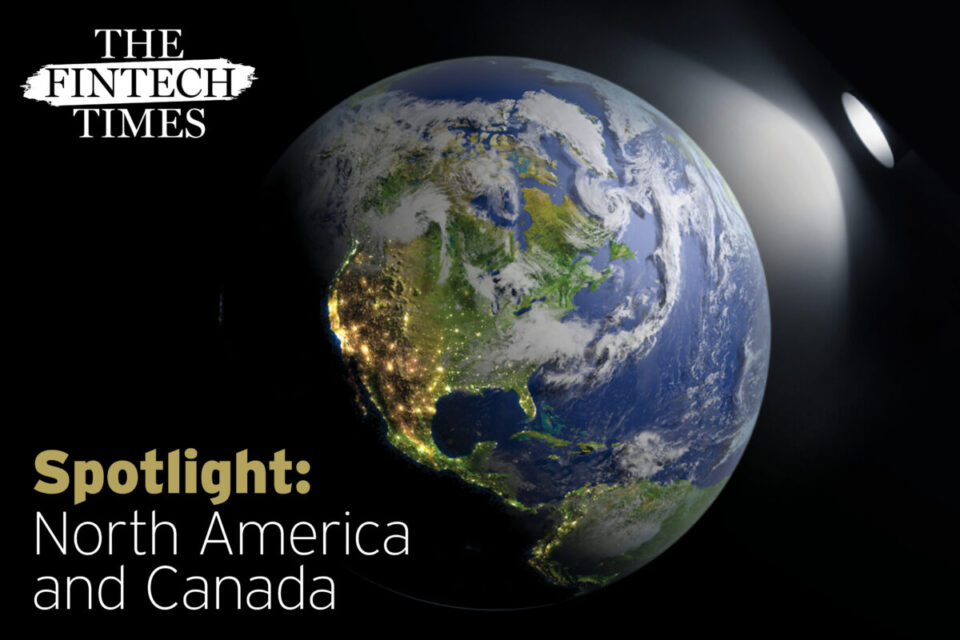The fast-moving consumer goods (FMCG) industry relies on good rotation, and the latest information about consumer desires in order to be most profitable. Historically, companies have been using demand planning solutions to provide statistics on popular consumer demands. Theoretically this works well as it provides vendors with information which has previously reaped good results, however what this does not account for is unpredictable events that cause a spike in certain items to sell. Cue SalesBeat and its use of AI.
The Fintech Times sat down with SalesBeat’s co-founder and CEO Veena Giridhar Gopal who explained more about the way AI could be used to eliminate sales losses and stock outs:
Tell me more about SalesBeat
SalesBeat is a platform that uses macro factors that influence consumer behaviour, both on a people by people level as well as on a more economic level, and bring those together to give the most up to date information to salespeople. The FMCG sector doesn’t have any sales intelligence solutions. We are the first to bring that to the market. Typically, salespeople use historical sales data and pre-agreed joint business plans to agree volumes as sales intelligence isn’t available for this sector. We want to help salespeople sell the right volumes on a timely basis so that customers have optimal stocks. i.e not too much that they need to discount it or destroy it and not too little that they go out of stock.
What makes you unique?
Salesbeat recommends optimal auto volumes. We are not a CRM. We are an app that tells salespeople what actions to take based on events and unpredictable circumstances. An example would be if there is a heatwave coming, the app might suggest a reorder of a specific, cool refreshment. Or if an ad for a beverage went viral on Twitter, then more people would be intrigued to buy it, meaning a reorder would be advised. These are the sorts of recommendations that the app gives salespeople. We are giving them actionable insights rather than sending a chart saying “your sales have gone from here to here, and consumer demand is expected to be there.”
Another feature is advising salespeople what promotion is best for what customer. The response to a certain item in one store might be completely different to the response of the same item in a different location. Tailoring AI to look at consumer behaviour helps individual stores make promotions based on sales in that location. This saves money in the long term as a company-wide promotion on the said product in the second location may be wasted, as the product was selling well and did not need the promotion.
What has the response been like?
Initially, people were confused by the lack of charts and graphs. People were saying, it is not giving us what we are used to. However, when we look at the users of the product itself, the feedback was great, as people told us “we need to reach x” and the platform broke down what was needed, and gave them the steps and advice to do so. We initially had a bot as well that told people what to do, but the feedback we got was that people did not like the bot; they would rather have a trackable app so we responded and acted on this.
Looking at AI in the sales field, what have been some of the greatest innovations and where does SalesBeat fit within this?
There’s been a lot of good AI in sales on a general basis – how you sell to customers, using the right wording, crafting the right emails, and at what point in time is the best time to approach them. In the retail sector specifically, there is a lot of interesting stuff happening in terms of visual AI and the merchandising space. Cameras have been installed that pick up where products are positioned so if they are not front-facing with the brands showing and in the right place, someone is notified to fix it. In the US, there are now robots patrolling aisles who monitor spills in-store and shelves for stockouts too.
The space we are in is reasonably neglected as it is not fancy and does not have anything to do with consumers. It’s basically ensuring that customers have enough stock in their warehouses, because the rationale is, if Tesco for example, do not have enough stock in their warehouses, how are they going to send stock to their stores? Not being adequately prepared for things that graphs and charts do not show companies can cause them to lose thousands of pounds in sales.
What still needs to be done in the field?
I think what’s still pending, is not really from the perspective of what can be done, but more along the lines of how can retailers – brand owners of FMCG companies – how can they actually work together in making the most of this because right now its retailers vs FMCG companies and there is a huge mismatch of information. Retailers have a lot and companies have very little. Using the same example as before, if there is a heatwave and a retailer has not prepared for this, the company sends the usual order. However, when this runs out, the company gets blamed for not sending enough to the retailer, which is unfair. They should be working together to make sure information is equal between both.




